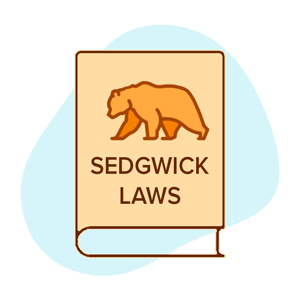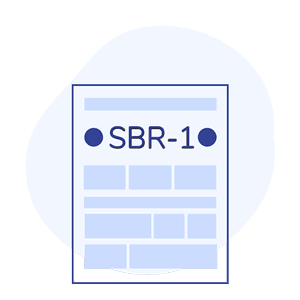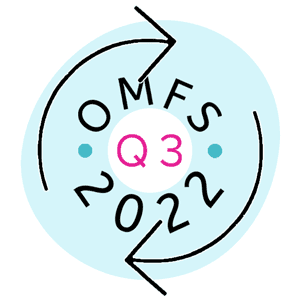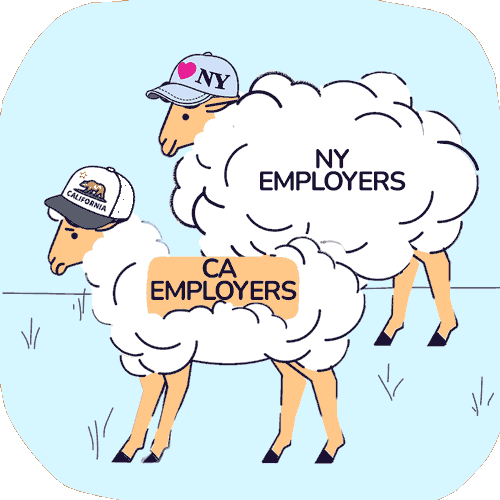NYS: CMS-1500 & Electronic EORs Commence July 1

New York State is taking a major step forward in the transition to workers’ comp electronic billing.
Commencing Friday, July 1, 2022, providers must submit all medical bills for the treatment of injured workers using the CMS-1500 form, electronically or non-electronically. Where the provider bills electronically, payers will return electronic Explanations of Review (e-EORs).
This is good news for providers and injured workers in The Empire State. The vast increase in efficiency brought on by e-billing will make workers’ comp a much more attractive, financially sustainable endeavor for New York State providers, enabling better access to care.
NYS Provider & Payer Requirements
New York State providers have had the option of using the universal CMS-1500 billing form, as an alternative to New York-specific billing forms, since 2019. But starting July 1, the CMS-1500 will be the only acceptable billing form for workers’ comp medical treatment. The WCB will not require providers to bill electronically, but “strongly encourages” providers to do so.
Currently, payers must use an approved Extensible Markup Language (XML) submissions partner to facilitate the acceptance of e-bills from providers, and to facilitate submission of e-EORs to providers in response to e-bills. According to the WCB website’s timeline for implementing the CMS-1500 initiative, by July 1, 2022:
Workers' compensation payers will electronically transmit EOBs/EORs to their XML submission partners upon adjudication of the associated electronic CMS-1500 medical bills. The electronic EOBs/EORs may be in the X12 835 EDI standard or any other mutually agreed-upon data file format. Such EOB/EOR data will be forwarded from the XML submission partner back to the provider. [emphasis added]
Additionally, WCB Subject Number 046-1452 states:
…Payers must submit an EOB/EOR to their XML submission partner upon adjudication of the associated electronic CMS-1500 medical bills. The XML submission partner will forward the EOB/EOR to the health care provider…
In a July 27 message, the WCB said payers must “continue to keep XML submission partner designation(s) accurate and up to date,” or face potential monetary penalties.
NY Workers’ Comp e-Billing
NY providers must also utilize an XML Submission Partner (like daisyBill), to submit compliant e-bills. The provider must choose the XML Submission Partner from the list of WCB-approved entities. The provider should also register for XML submissions with the WCB, so the XML submission partner can forward all e-bills to the WCB.
Below is the step-by-step process for e-billing in NY workers’ comp:
Step |
Entity |
Responsibility |
Timeframe |
1 |
Provider |
Submits bill and narrative report to provider’s XML Submission Partner |
Within 48 hours of rendering treatment |
2 |
Provider’s XML Submission Partner |
Submits e-bill (X12 837) and the narrative report (in XML, .tif, or .tiff format) to the employer’s payer |
Within 7 business days of receipt of the bill and report from the provider |
3 |
Payer |
Acknowledges receipt of provider’s e-bill |
Within 7 days of receiving provider e-bill |
4 |
Provider’s XML Submission Partner |
Submits to the NYS WCB electronic copies of the
1. CMS-1500, narrative report, and 2. Payer acknowledgment of receipt the e-bill |
Within seven business days of receipt from the treating provider |
5 |
Payer |
Returns e-EOR (with standardized reasoning codes to support payment objections, if applicable) |
Within 45 days of receiving the provider’s e-bill |
We encourage New York State providers to contact daisyBill with any questions regarding e-billing, and for help complying with WCB requirements.
Need a hand making the transition to workers’ comp e-billing? daisyBill makes it easy. Reach out to see how we can help your practice.
GET IN TOUCH
DaisyBill provides content as an insightful service to its readers and clients. It does not offer legal advice and cannot guarantee the accuracy or suitability of its content for a particular purpose.








.png)